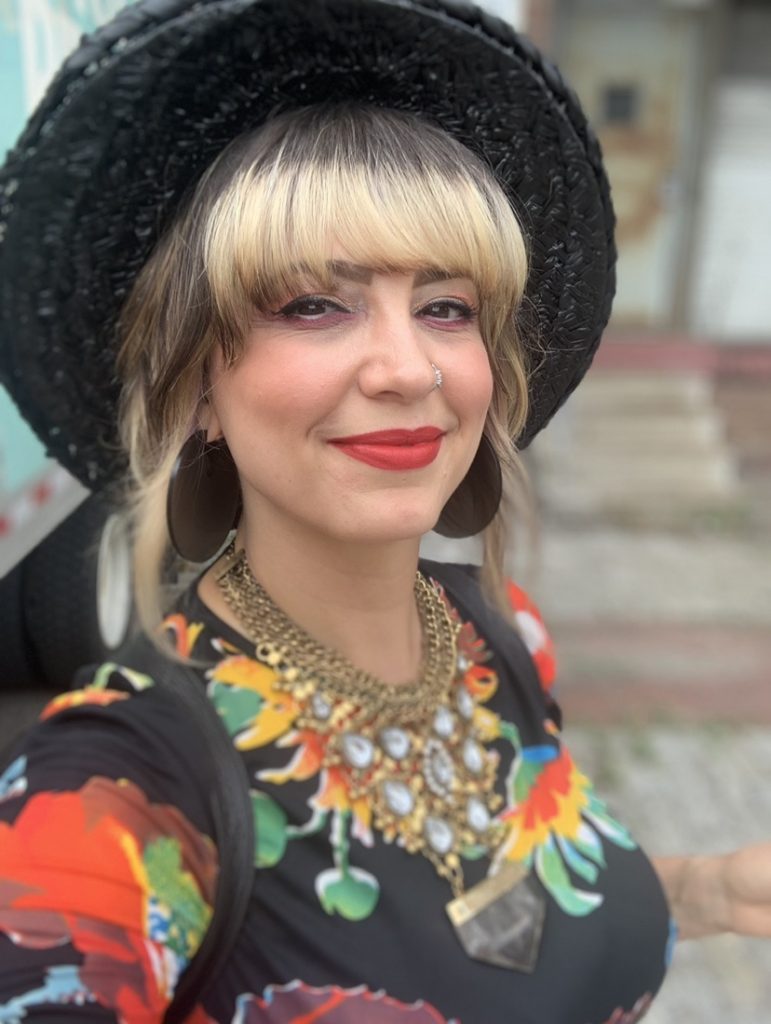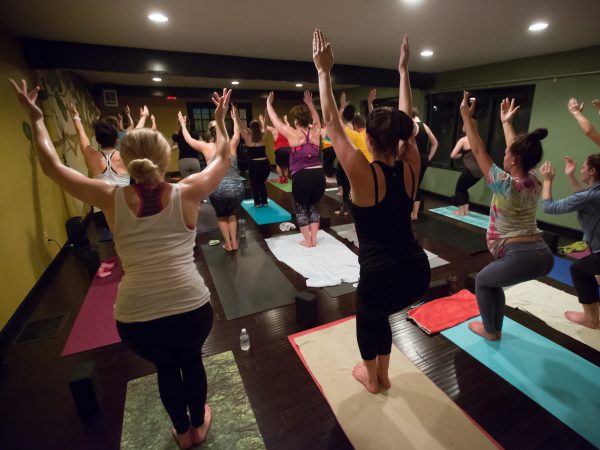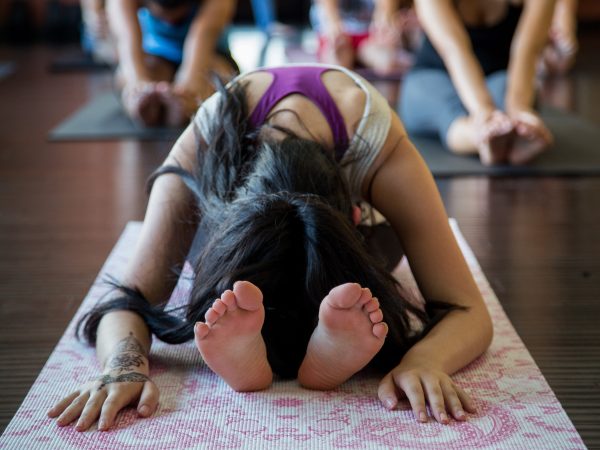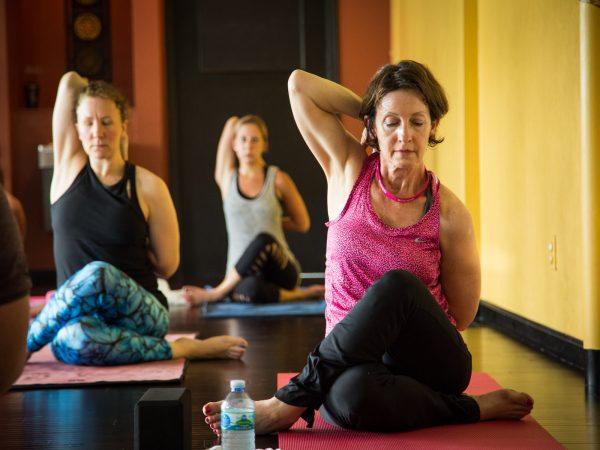The Creative Process as Self Care
A Guided Meditation to Encourage Embodied Creative Connection
by Maria Gismondi, R-DMT, 2020 YI Teacher Trainee

’20 YI Teacher Trainee
As we head into week 5 of social distancing/quarantine, I find myself a frequent and passionate advocate for the power of creation. I can’t count the number of conversations I have had with friends and family that included some version of me encouraging them to pick up a forgotten instrument, dig out the paintbrushes, pour their souls onto a page, or put on some good music and just move.
It’s important to note that the intention behind this call to action is not (unlike some of the memes I’ve seen floating around on social media) about shaming folks for not being productive during this “everything is cancelled” phase of life; I’ve come to realize that it is entirely motivated by my knowledge of the creative process as a form of self care.
As my yoga teacher trainee cohort knows well by now (hi, ladies!), I went to grad school for Creative Arts Therapy at Pratt Institute in Brooklyn, NY. Seven years ago, I wrote my master’s thesis, a qualitative research study in the tradition of phenomenology, on the topic of reconnecting dance/movement therapists with the creative process, because most of my life has revolved around creative practice as personal medicine. Now, as a Registered Dance/Movement Therapist (R-DMT), my work centers on supporting my clients’ creative process through the specific lens of movement and the body, but there are so many paths to creativity that might be more accessible, and it only matters that one explore what speaks most to them.
Since you’re here right now, I’m guessing you practice yoga.
As yogis, we spend a lot of time tuning into our bodies and making contact with our own inner wisdom. The psychotherapist and philosopher, Eugene Gendlin, developed a specific technique for doing so that he called “Focusing” (1978). What I’m sharing here today is a creative directive I used in my study that adapts Gendlin’s Focusing technique into a guided meditation designed to help the listener make contact with creativity on a bodily level.
Directions for a creative process immersion exercise to be completed post-meditation follow. Maybe you’re deeply in touch with your own creative energy. Maybe you don’t believe you’re creative at all; Either way, spending an hour in this process-focused exercise will give you a healthy of dose of creative self-care.
In Your Brain on Creativity, Brenner(2018) tells us that “creativity leads to deep communion and empathy.” Engaging in moments of intentional creativity can also reduce stress, depression, and anxiety (Stuckey & Nobel, 2010). In this time of uncertainty and isolation, disconnection and entropy, a little foray into creativity is just what the creative arts therapist ordered.
Guided Creative Directive Instructions
- Listen to and follow the audio recording “Guided Meditation for Creativity,” which I have created for this exercise.
- When the guided portion has concluded, take some time to respond to your experience in any way or medium that feels right (art, movement, music, yoga poses, poetry, costume, etc.—the only limit is your imagination/access to materials!), spending 15-20 minutes engaged in the process before finding a way to conclude your experience.
- When you are finished, take at least 5 minutes to process/free write a response to the work. What interests you most? Why?
Brenner, G. H. (2018). Your Brain on Creativity: Neuroscience reveals creativity’s “brainprint.” Psychology Today. https://www.psychologytoday.com/us/blog/experimentations/201802/your-brain-creativity
Gendlin, E. T. (1978). Focusing. New York, NY: Bantam Books.
Stuckey, H. L., & Nobel, J. (2010). The connection between art, healing, and public health: a review of current literature. American journal of public health, 100(2), 254–263. https://doi.org/10.2105/AJPH.2008.156497




